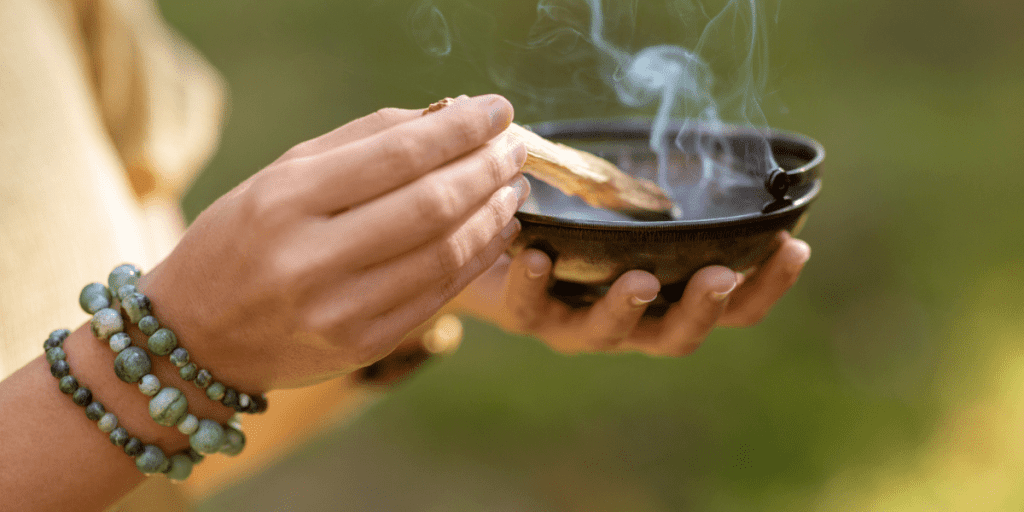When we picture the Vikings, we usually think of fearsome warriors, dragon-headed ships, and fierce raids across the seas. But recent archaeological discoveries in Norway are adding a surprising new layer to our understanding of their daily lives one that includes cannabis.
Yes, you read that right. Evidence of cannabis seeds and fibers found at ancient Viking sites has sparked new conversations among historians and archaeologists. It turns out that these Norse seafarers might have had more than swords and shields in their toolkits they also knew how to cultivate and use hemp.

Uncovering the Past: Seeds Tell a Story
In several recent excavations across Norway, researchers uncovered ancient cannabis seeds and plant fibers buried in Viking settlements. Radiocarbon dating suggests these remains date back to the height of the Viking Age, roughly between 800 and 1100 CE.

What’s particularly compelling is that the cannabis wasn’t found in isolation. It appeared alongside everyday tools, textile fragments, and ceremonial items indicating that the Vikings likely used the plant in multiple aspects of life.
But what exactly did they use it for?
Video:
How did the Vikings use Cannabis?
More Than Just Raiding: Vikings and Hemp Use
Historical clues suggest that the Vikings may have primarily grown cannabis for its fibers—used to make rope, clothing, sails, and possibly even fishing nets. Hemp was highly valued for its strength and durability, qualities essential for a culture so deeply tied to seafaring and trade.
There’s also speculation that cannabis may have been used in ritual or healing practices. Some burial sites containing hemp fibers have been linked to graves of women or healers, suggesting the plant may have had spiritual or medicinal significance in Viking culture.
While there’s no direct evidence yet that Vikings smoked or consumed cannabis for psychoactive effects, the door remains open. Historical records from other ancient cultures, such as the Scythians, show ritualistic cannabis use so it’s not unreasonable to consider the possibility in Norse society as well.

Cannabis: A Forgotten Crop of the North
For centuries, the agricultural side of Viking life has been overshadowed by stories of conquest. But finds like these remind us that the Vikings were not just raiders they were farmers, traders, and craftsmen with knowledge of useful crops, including hemp.
Video:
Did Vikings Use Hallucinogenic Drugs: The Evidence and the Myths
The rediscovery of cannabis use challenges our assumptions and paints a more balanced, human portrait of Viking life. These weren’t just warriors they were people with deep traditions, spiritual beliefs, and practical knowledge of the land.
A New Chapter in Viking History
As more sites are unearthed and research continues, we may find that cannabis played a larger role in Norse life than previously imagined. Whether woven into a ship’s rigging, a healer’s pouch, or a sacred ceremony, cannabis proves to be more than a modern phenomenon it’s a plant with ancient roots in one of history’s most iconic civilizations.

Conclusion: Rethinking the Viking Age
The Vikings are often remembered for their brute strength and warrior spirit. But discoveries like these encourage us to think deeper. What else did the Vikings value? What wisdom did they pass down that we’ve forgotten?
Perhaps their use of cannabis is one answer an echo of a time when even the fiercest raiders respected the power of plants.


